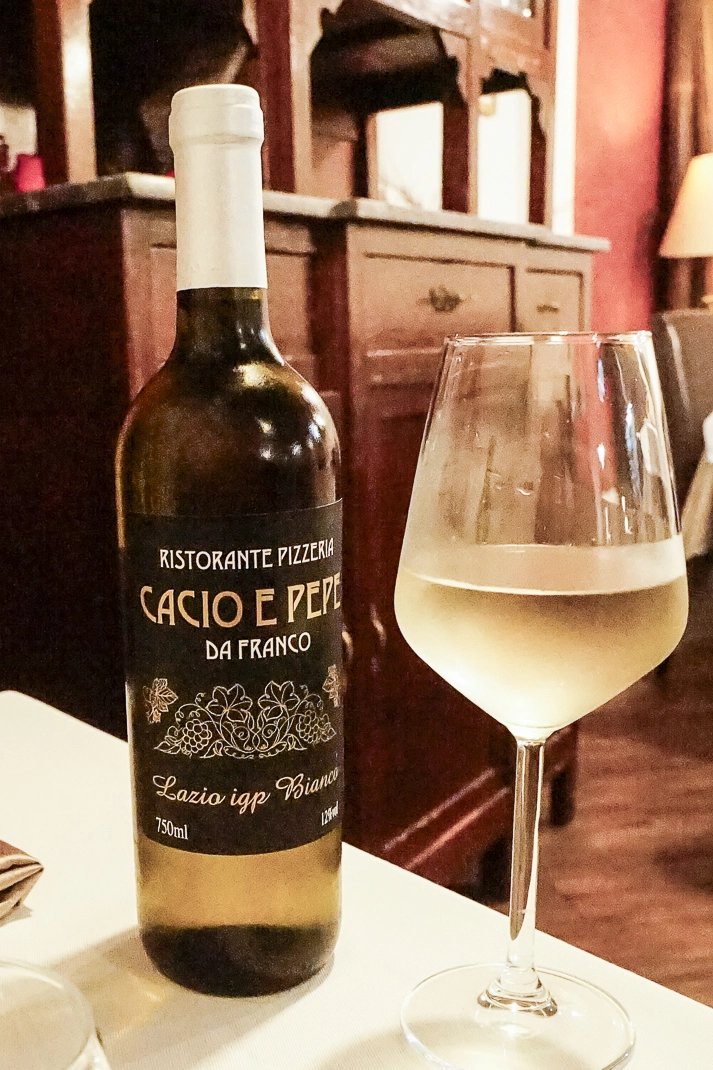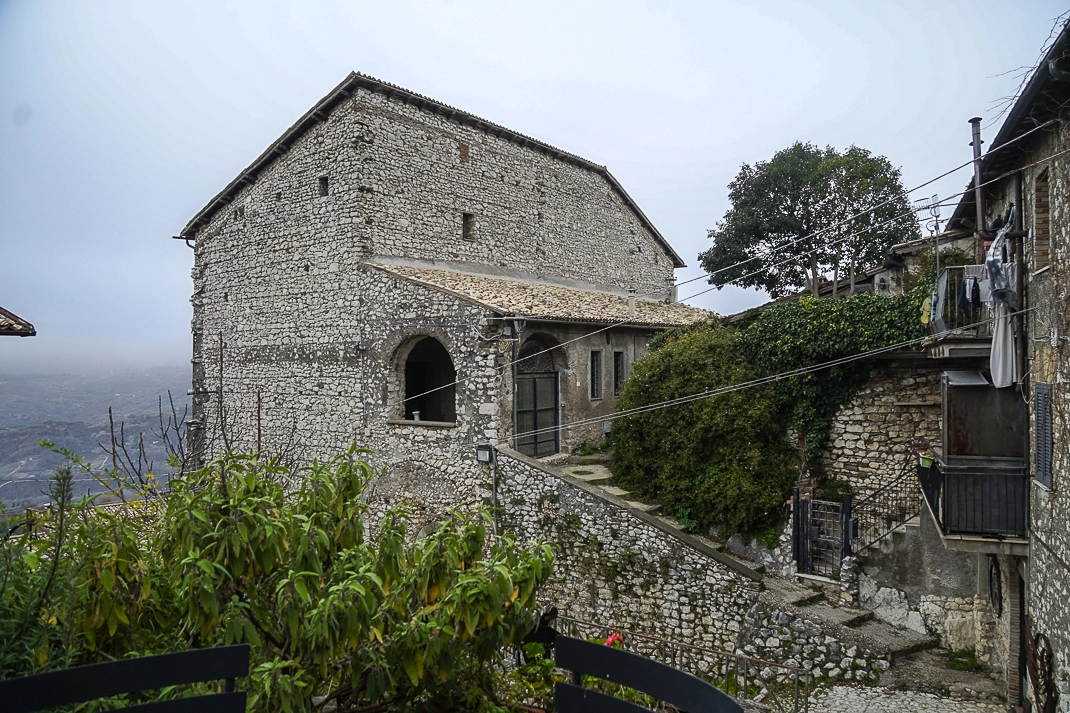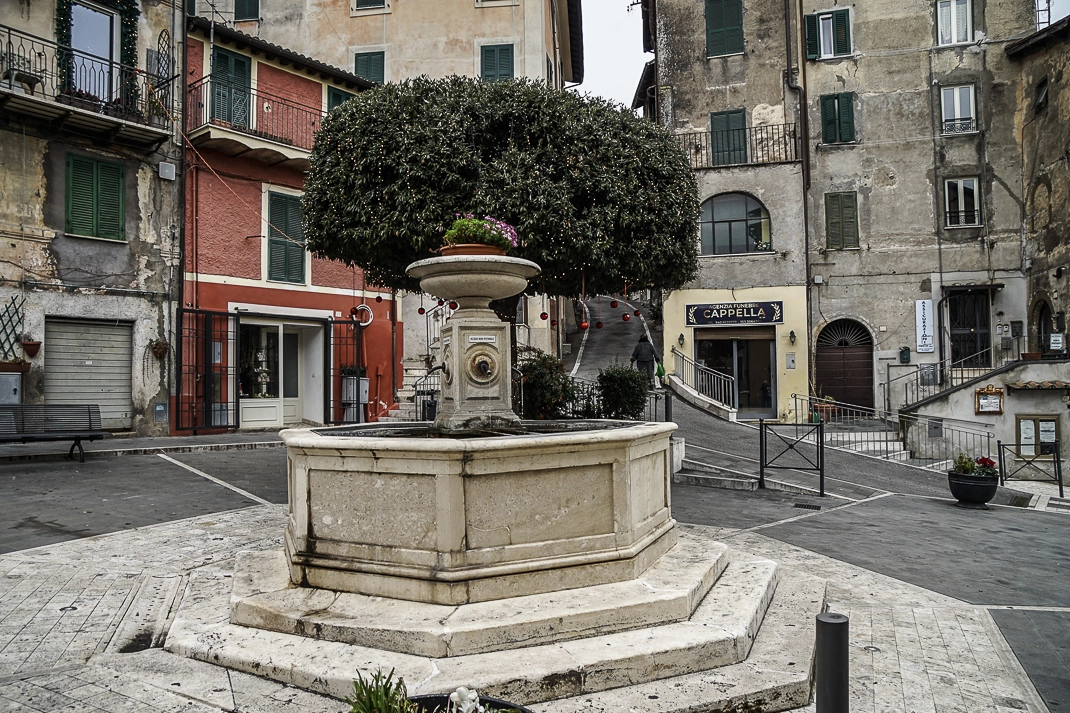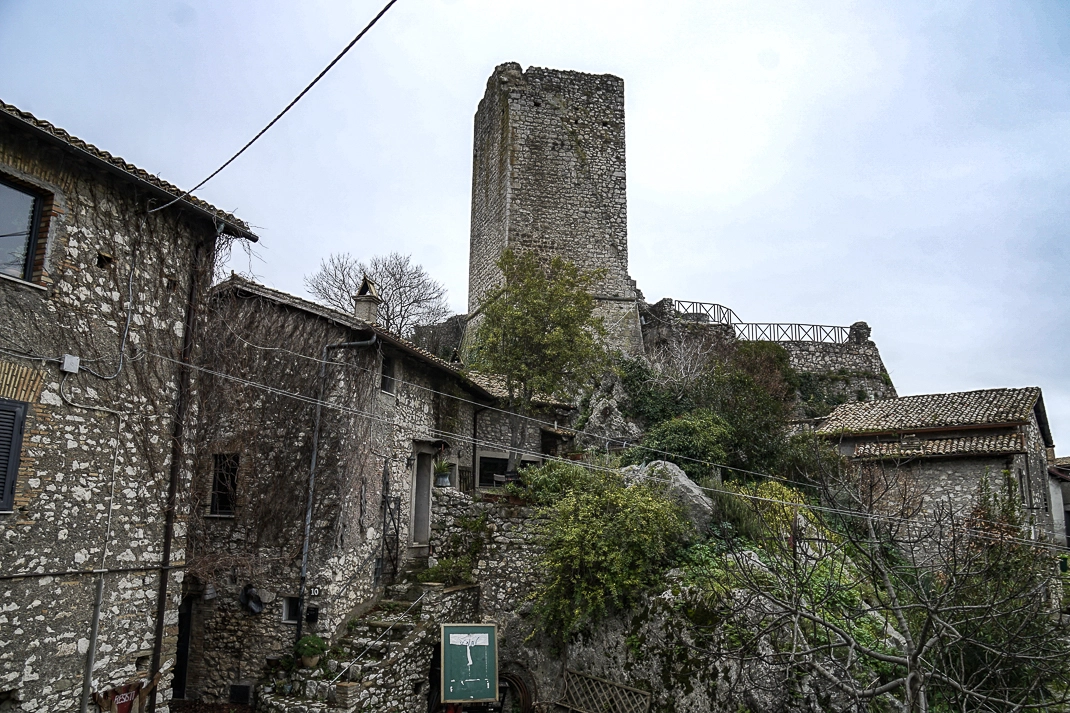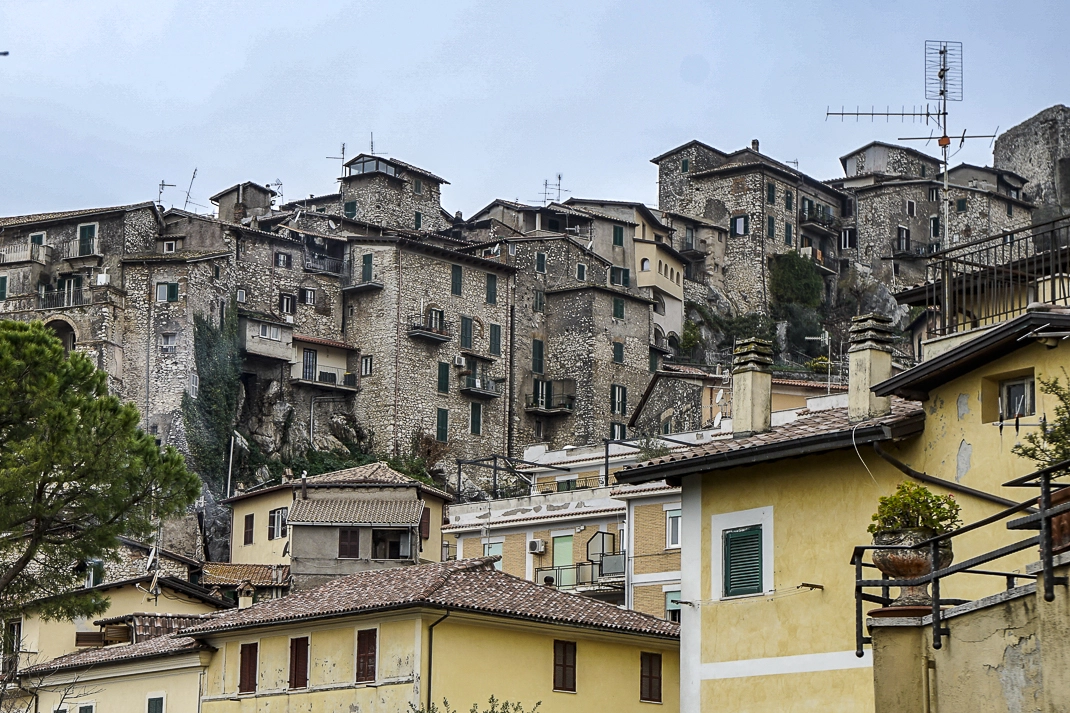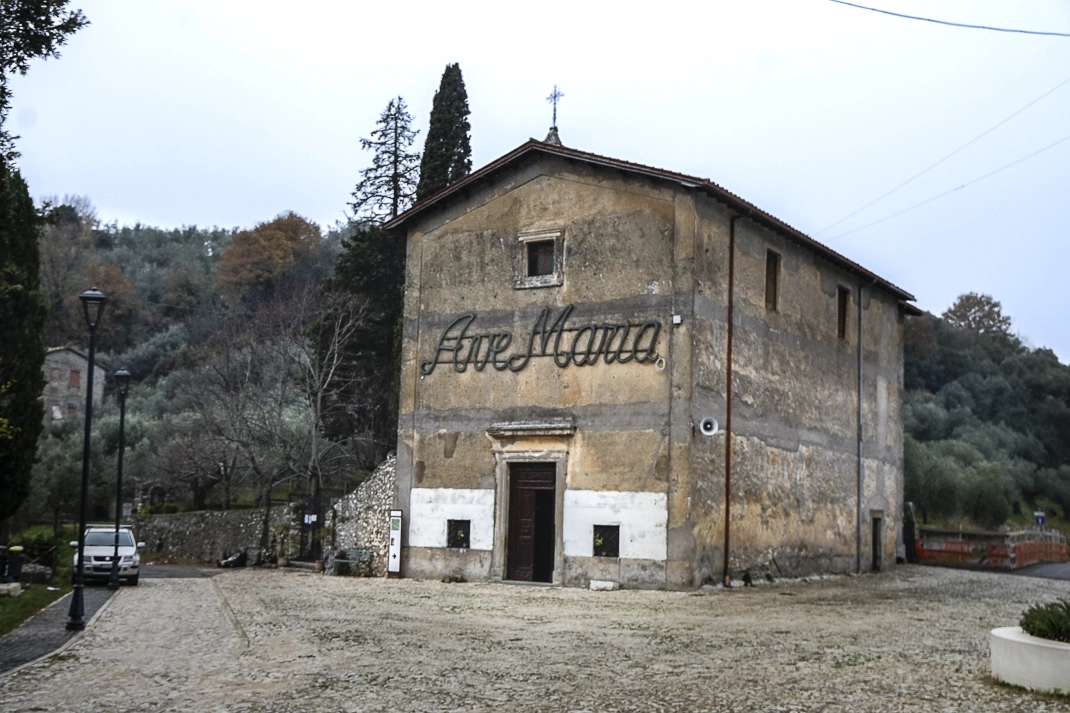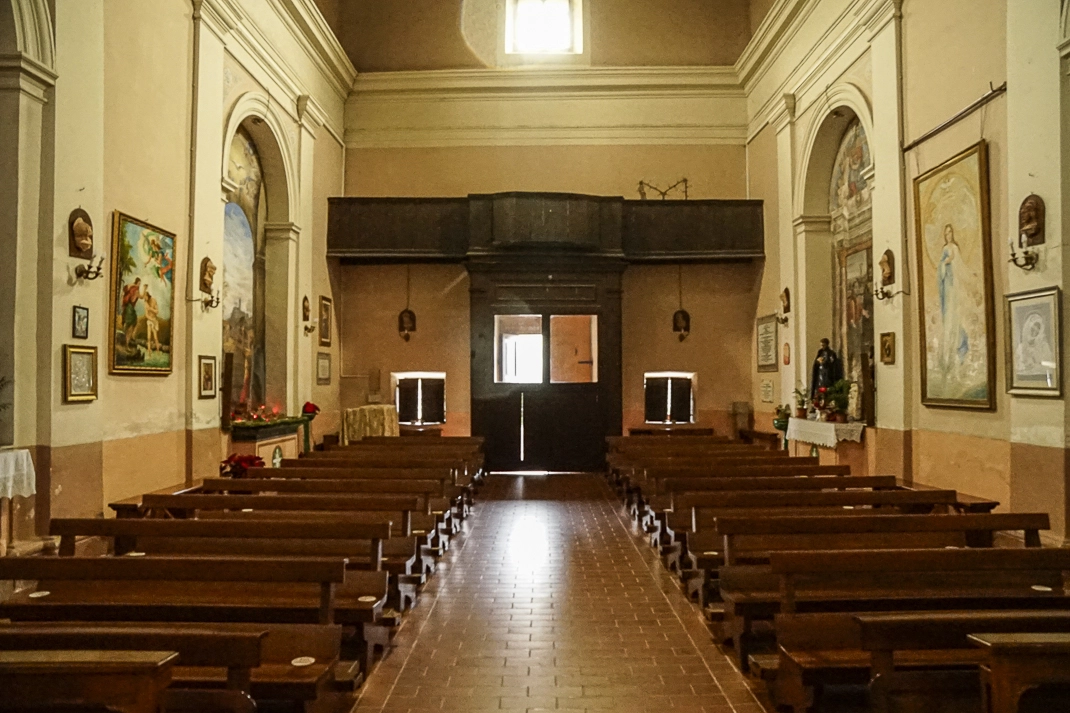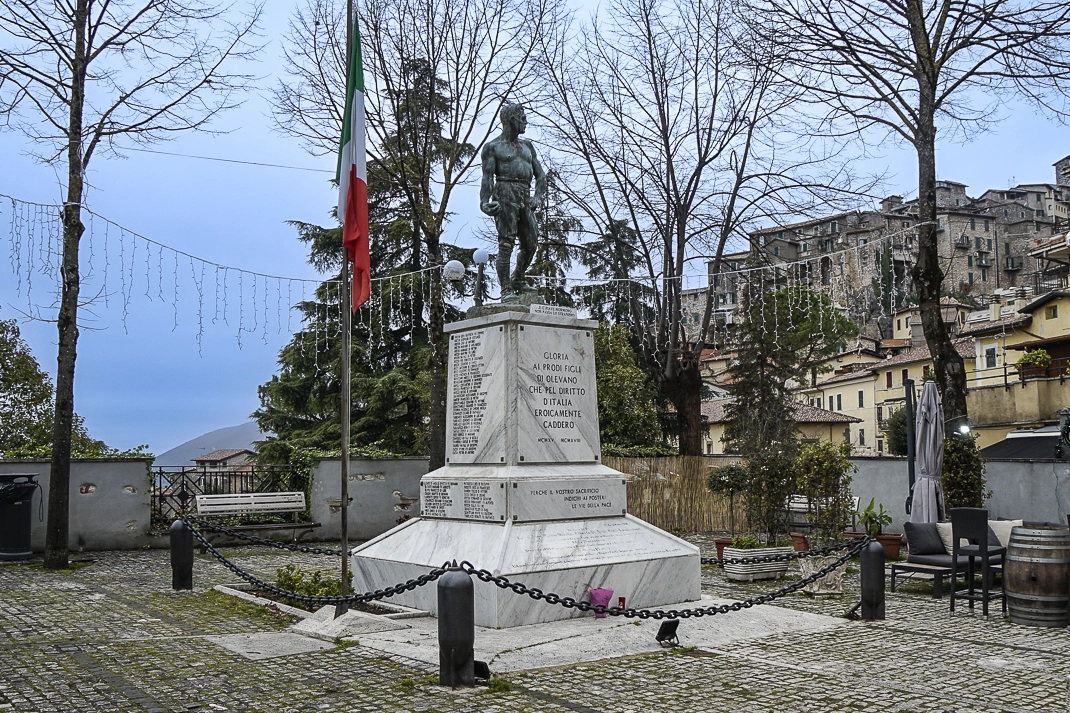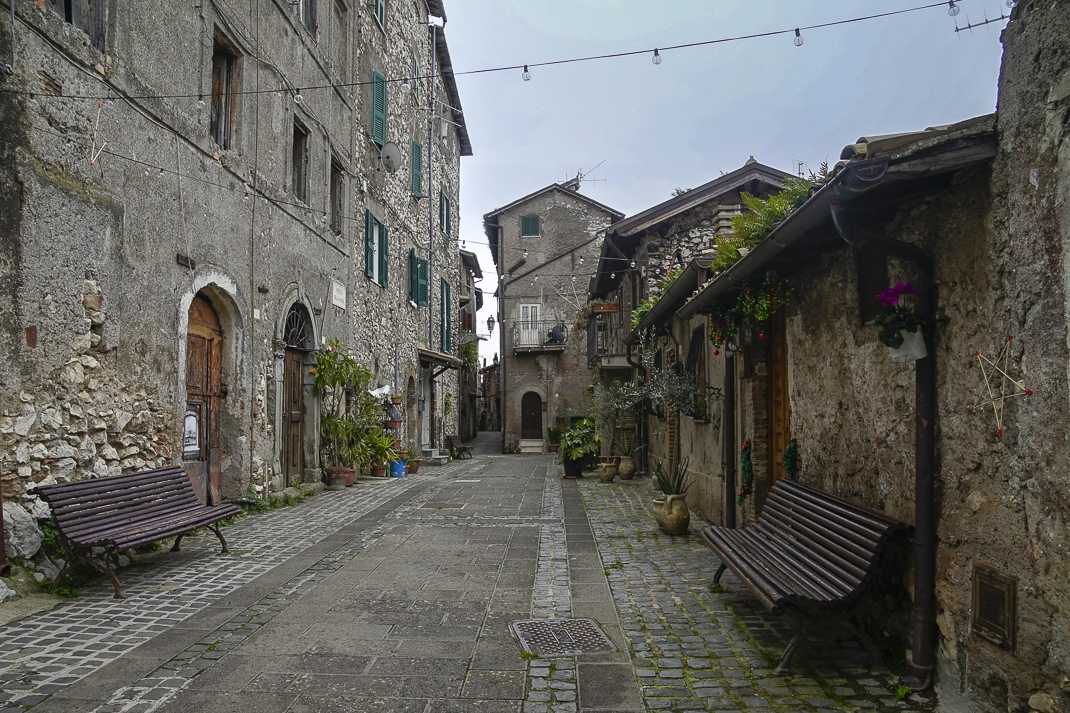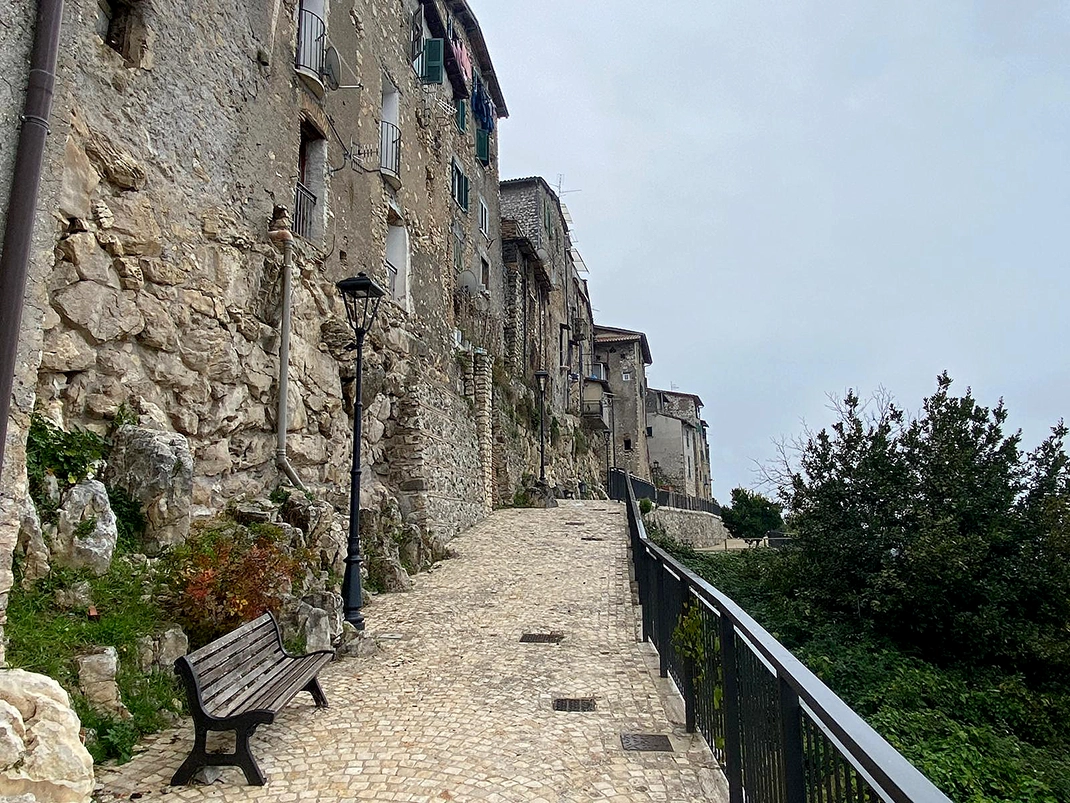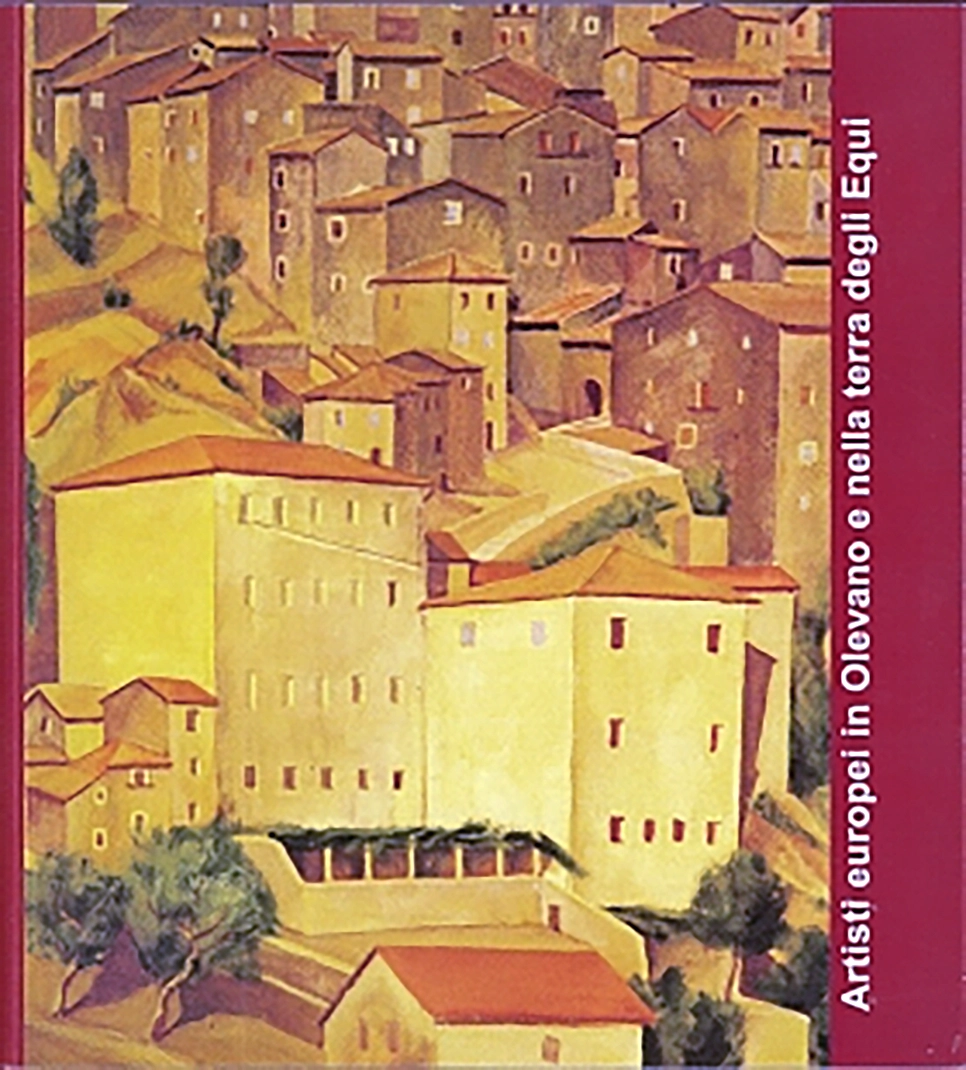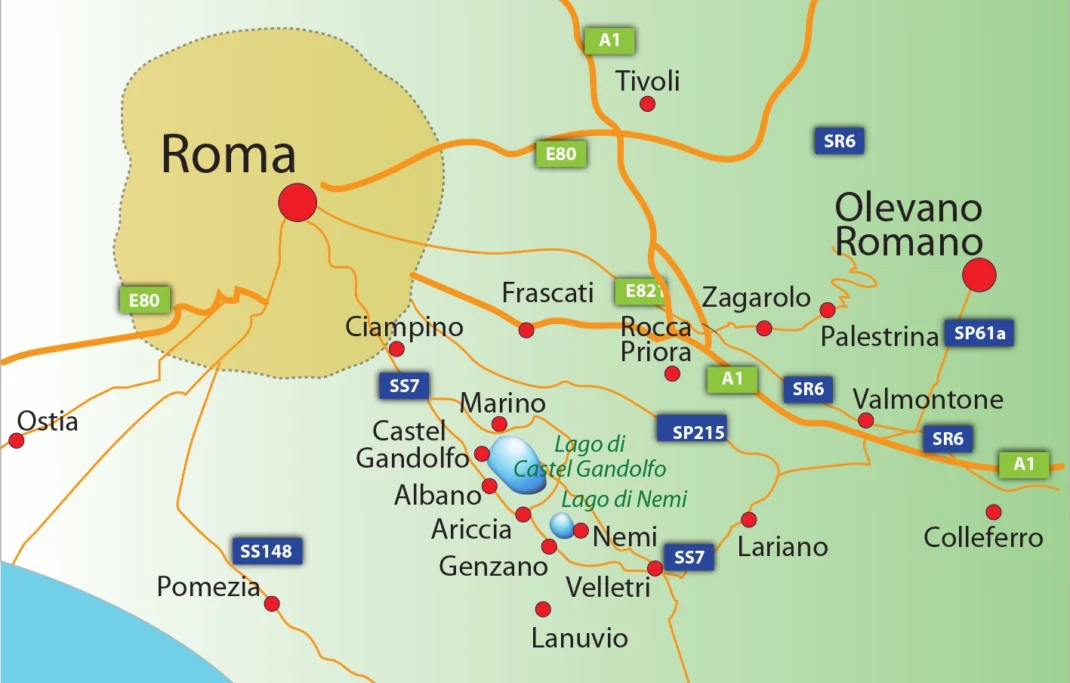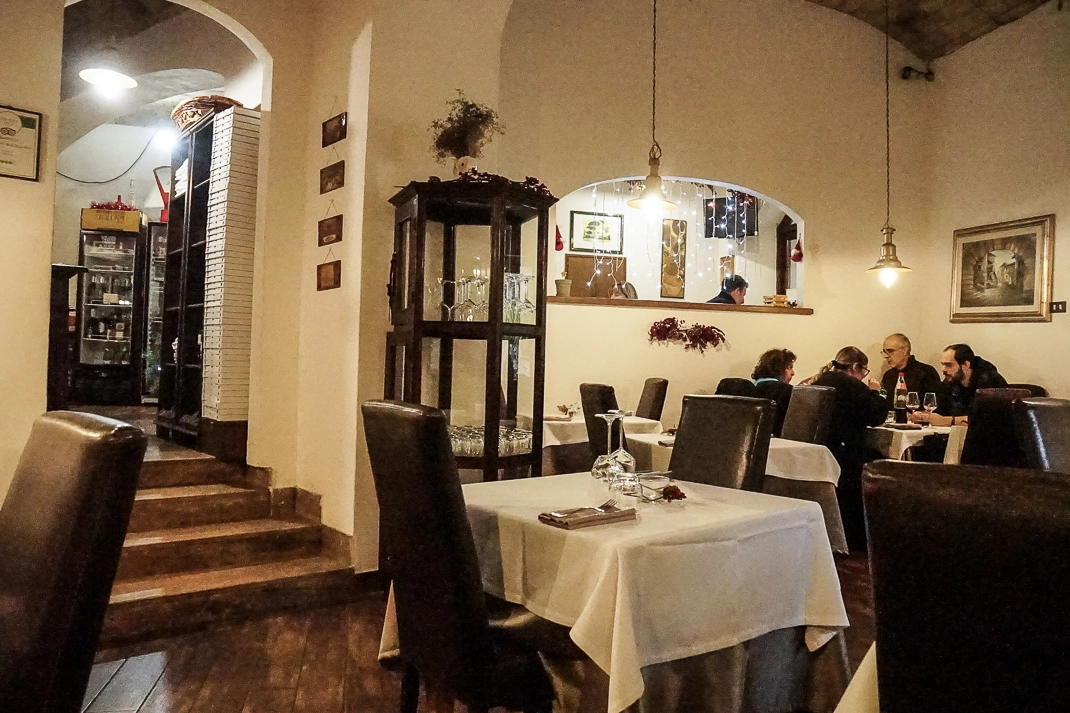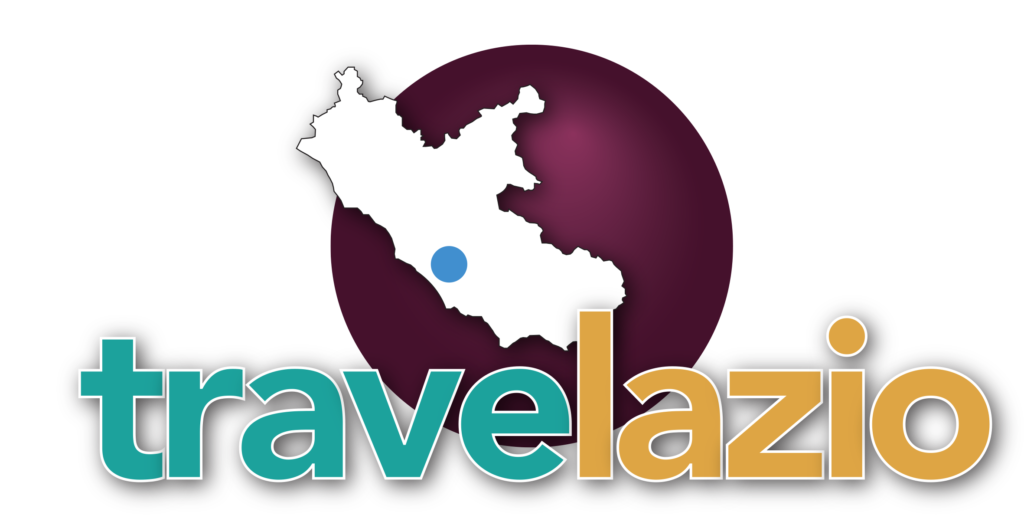

Olevano Romano: A town is worth a thousand paintings
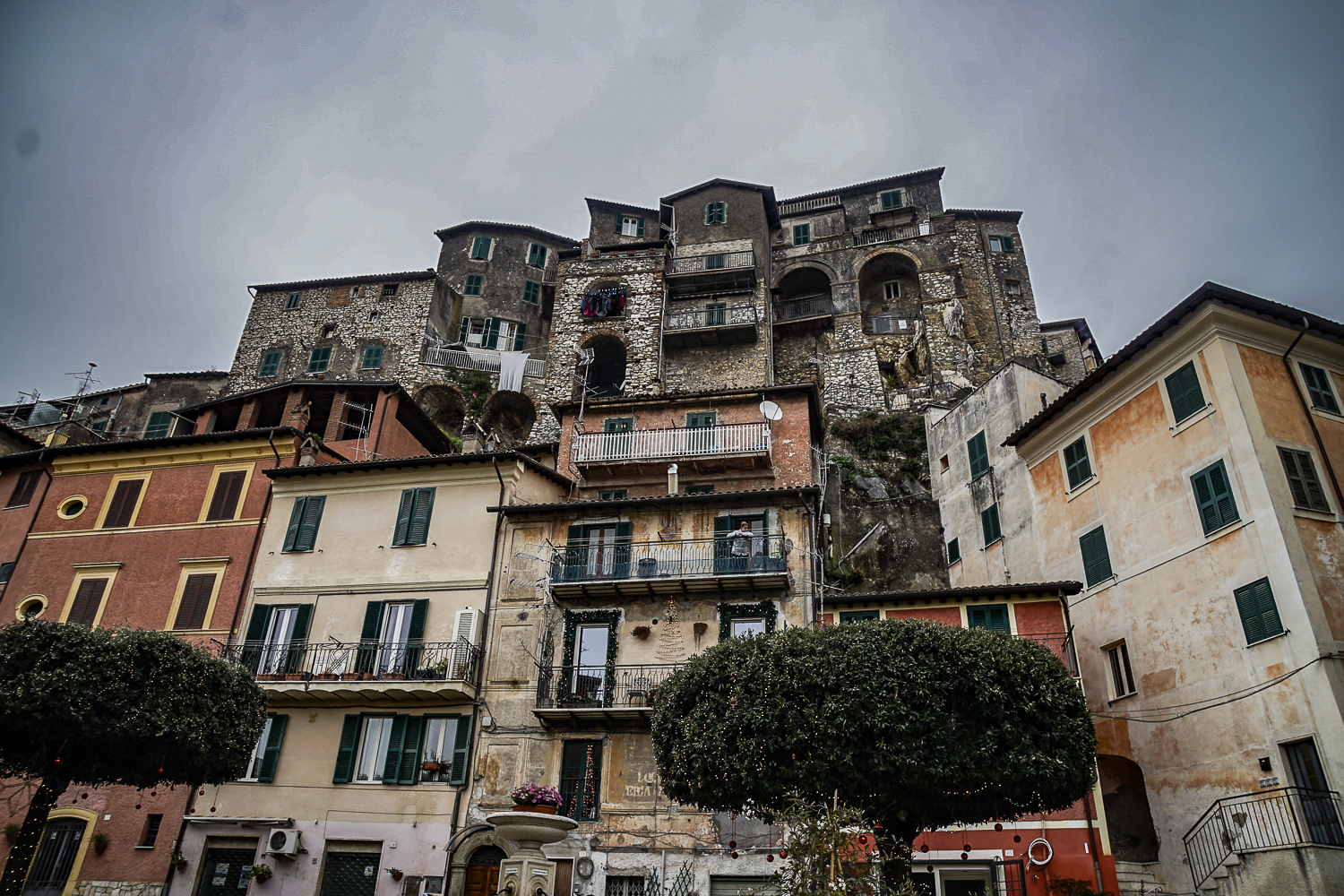
Lazio has been the subject of landscape paintings for two millennia but maybe no small town has been the subject of more paintings than little Olevano Romano. Located 30 miles (45 kilometers) east of Rome and at a cool elevation of 1,873 feet (570 meters), this town of 6,367 people built atop a hill dates back before Ancient Rome.
Artists from all over Europe and North America have come to capture its regal bearing atop a cliff, the beautiful views of the Lazio countryside from its walled terraces and its cozy, windy, stone alleys that lace through its historical district.
Part of the outskirts are lined by walls dating back to the 6th century B.C. and a short, steep climb takes you to a watch tower over a fortress from the Middle Ages. Also, looking for a second home? We saw an apartment listed for €18,000.
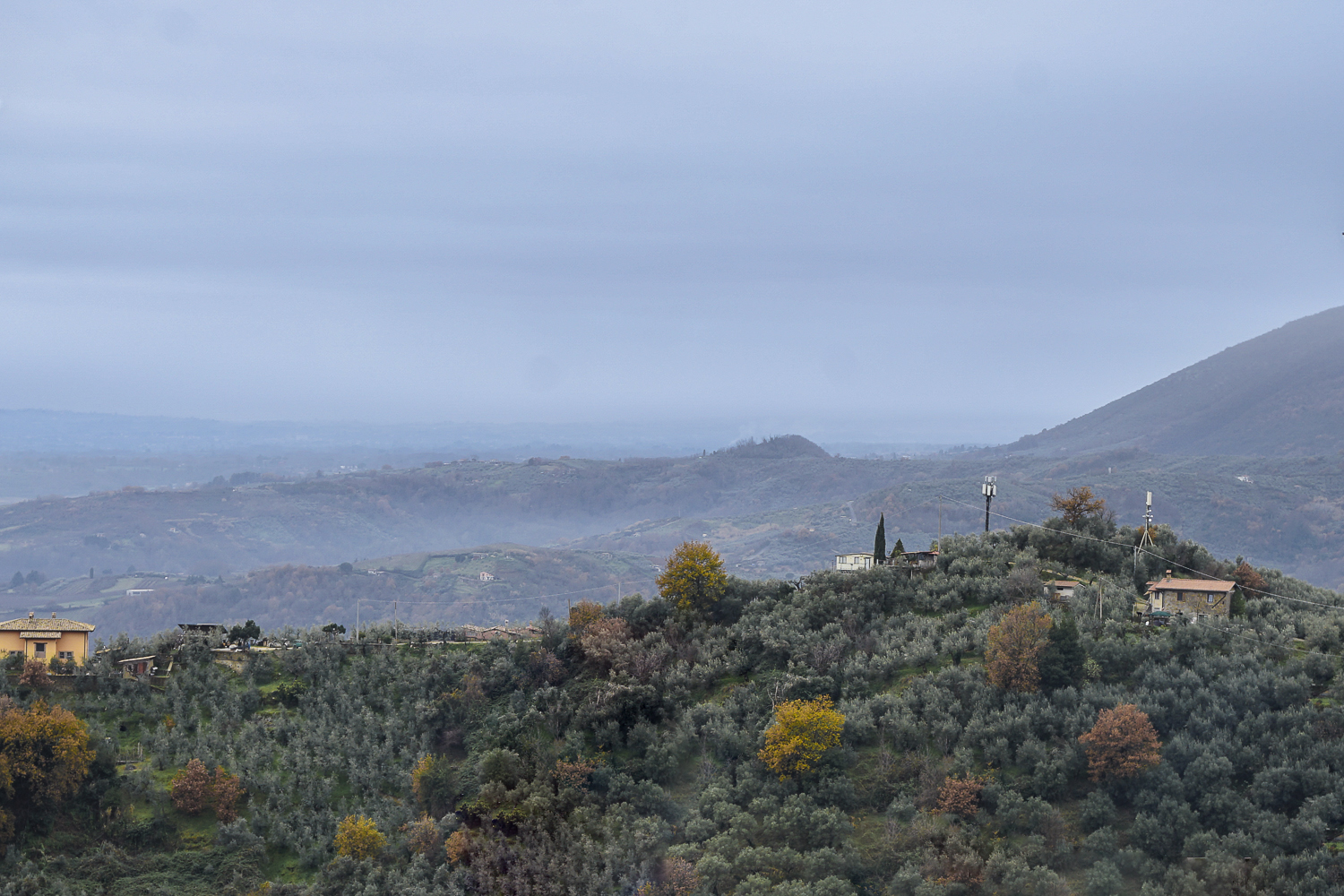
Things to do
1 • Olevano fortress. Reach the historical center where old men sit around on benches next to a World War I memorial of a shirtless man under the words “And no stranger passes along the piave”. Climb the narrow alleys lined with planters and climb some steep stone steps to the tower.
In the Middle Ages the Colonnas, a family of wealthy Roman lords, built a castle atop a pile of limestone. It housed a residence for the family, a garrison, a church and a watch tower that still stands.
Now the tower is surrounded by stone apartment buildings that look left over from the Middle Ages.
Go to the courtyard next to the tower and gaze at the panoramic view of the Lazio countryside, with houses randomly scattered in the huge forest.
2 • Mura Poligonali. Before the Romans came the Aequi. This Italic warrior tribe lived across Central Italy and built walls of defense around Olevano between the 5th-6th century B.C. Some still stand today. You can find the walls on the southern edge of the historical district.
They’re large craggy rocks forming the base of stone apartments with cast-iron balconies above. They all have fantastic views of the countryside, especially when the fog rolls in on a 50-degree January day. The Aequi often went to Rome to battle the Roman army but were finally defeated at the end of the second Sannitica war in 304 B.C.
3 • Museum of Olevano Romano. Artists began flocking to Olevano in the early 19th century and landscape paintings of the town and surrounding countryside can be seen in nearly every major museum in Europe. But Olevano has its own museum that has more than 2,000 paintings as well as thematic exhibitions. Don’t miss J.A. Koch’s Roman Views, 20 engravings from 1810.
Info: Viale V. Veneto 25, 39-338-387-7663
www.amolevano.it, amolevano@gmail.com,
9 a.m.-1 p.m. Wednesday-Friday, 9 a.m.-1 p.m., 3:30-7 p.m. Saturday-Sunday. Free in winter.
Olevano wine is worth toasting
Cesanese is one of the fastest-growing wines in Lazio and it’s a specialty in Olevano Romano. It’s made in still, semi-sparkling frizzante and full sparkling spumante style. It’s made from at least 90 percent Cesanese grapes with occasional mixes from Sangiovese, Barbera and Trebbiano Toscano. But it’s not just Cesanese. We had a very nice Trebbiano-Malvasia blend with our seafood lunch. Numerous wineries and wine stores are scattered around town. Try Damiano Ciolli which specializes in organic and natural wines, particularly Cesanese.
Info: Via del Corso 35, 39-06-956-3334,
